Taiwan’s Ministry of Environment (MoE) said it will revise its EIA standards for PV projects, following public scrutiny of floating solar development and online claims that countries such as Singapore, Indonesia, and South Korea already require environmental reviews prior to building such projects.
In July, Typhoon Danas damaged floating solar installations in southern Taiwan, stoking public concern over environmental risks and regulatory gaps. Media reports and online posts alleged that the panels lacked storm protections and threatened nearby aquaculture. In response, seven solar industry groups said only 0.3% of capacity was affected and denied any pollution risk. The incident fueled scrutiny of floating PV oversight and triggered online claims that other countries already require environmental impact assessments for such projects.
In response to those claims, the Taiwanese MoE said in a statement this week that most advanced economies do not require separate EIAs for floating solar installations. Germany, for example, does not have any mandate for solar EIAs. Japan and South Korea, meanwhile, apply general EIA rules to solar but have not set distinct criteria for floating PV systems, according to the MoE.
Singapore has no defined threshold for triggering an EIA, the ministry added, noting that the Southeast Asian city-state’s 60 MW Tengeh Reservoir project underwent an environmental review as part of a case-specific administrative process, but not under a national mandate. The 141 MW Kranji Reservoir project followed a similar administrative guidance procedure during permitting, claimed the Taiwanese authorities.
Indonesia’s 100 MW Gajah Mungkur Reservoir project conducted an Environmental and Social Impact Assessment voluntarily to meet international financing safeguards. The Taiwanese MoE said that this process resembles Taiwan’s aquaculture-solar coexistence screening mechanism.
South Korea’s 2.1 GW Saemangeum Reservoir project required an EIA due to its scale, not because it was a floating solar installation, argued the Taiwanese authorities.
The ministry said Taiwan’s revised EIA standards will prioritize environmental protection and be based on scientific data and social consensus.
Taiwan’s broader solar strategy continues to evolve alongside its regulatory framework. In May, the Taiwanese Ministry of the Interior proposed new rules requiring most new, expanded, or renovated buildings to include rooftop solar systems. And in June, Lightsource BP secured TWD 6 billion ($200 million) in financing for a 115 MWp fishery solar project in Chiayi County, underscoring the country’s growing focus on dual-use solar development.
This content is protected by copyright and may not be reused. If you want to cooperate with us and would like to reuse some of our content, please contact: editors@pv-magazine.com.
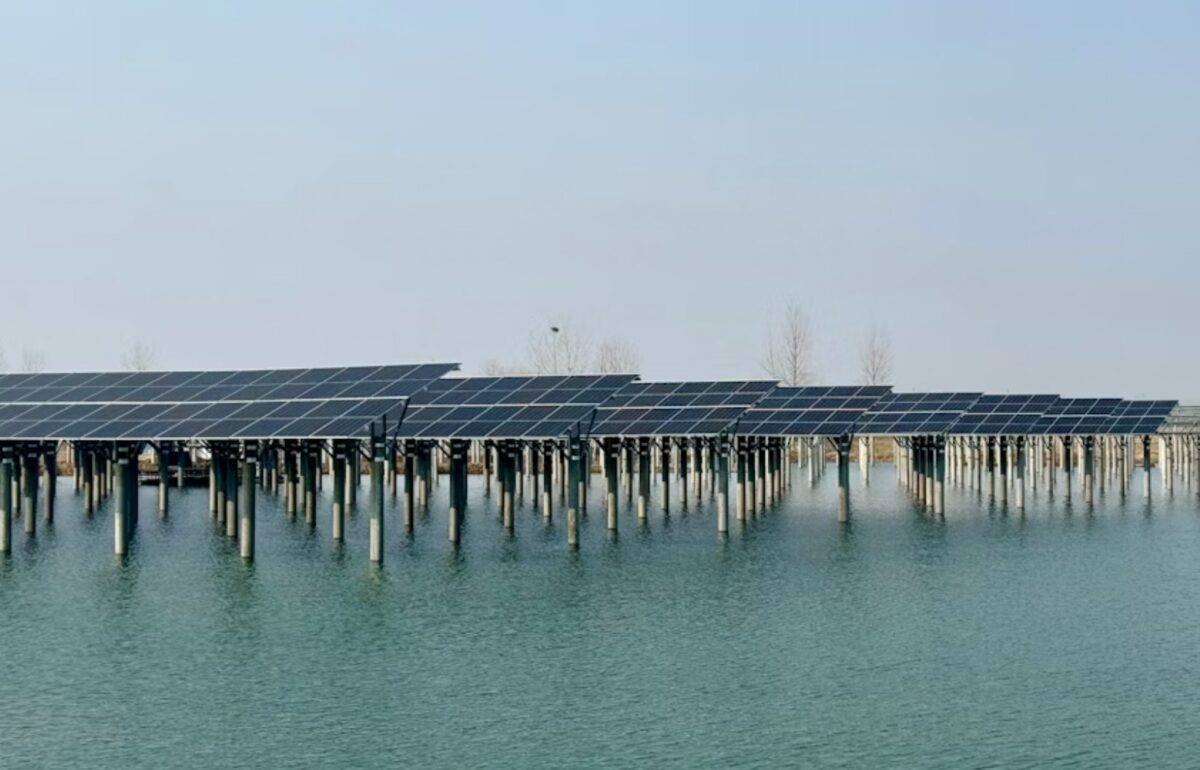


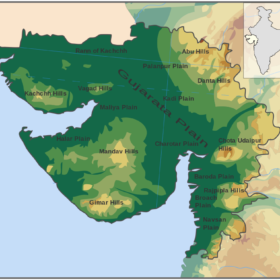

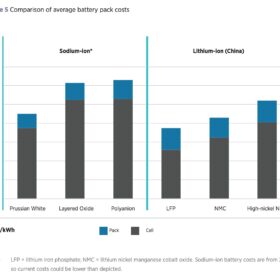
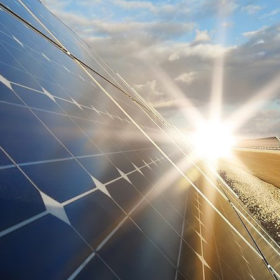
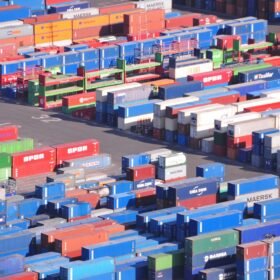
By submitting this form you agree to pv magazine using your data for the purposes of publishing your comment.
Your personal data will only be disclosed or otherwise transmitted to third parties for the purposes of spam filtering or if this is necessary for technical maintenance of the website. Any other transfer to third parties will not take place unless this is justified on the basis of applicable data protection regulations or if pv magazine is legally obliged to do so.
You may revoke this consent at any time with effect for the future, in which case your personal data will be deleted immediately. Otherwise, your data will be deleted if pv magazine has processed your request or the purpose of data storage is fulfilled.
Further information on data privacy can be found in our Data Protection Policy.